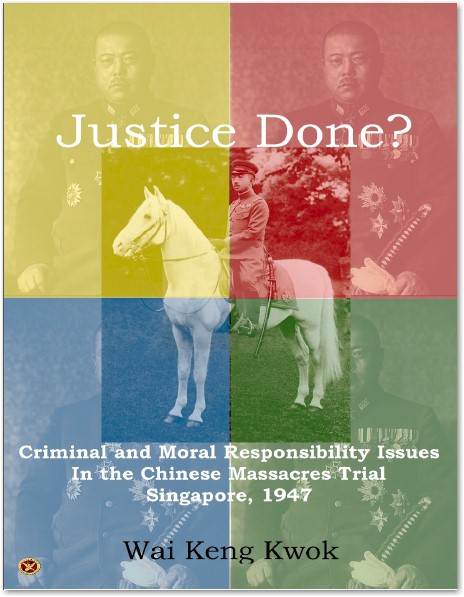|
The Rightist Backlash
and the School Textbook Issue after the year 2000
In the 1990s, some
Japanese high school history textbooks began to provide information on the
massacres in Singapore and Malaya , although they devoted only one or two
lines to the events. More recently, chauvinistic campaigns and sentiment
have become rampant in Japan . A number of ultra right books now claim
that the Nanjing Massacre is a fabrication, that the Japanese military
took good care of comfort women, and so on. Under pressure from the
Ministry of Education, the Liberal Democratic Party, and other
right-wingers, statements in school textbooks about Japanese atrocities
have become less common, and the Minister of Education said in 2004 that
it was desirable for descriptions of Japanese atrocities to be dropped.[56]
Moreover, teachers who give lessons about Japanese
aggression and army atrocities are often subjected to criticism by local
assembly members or municipal education boards.
Descriptions of the
Singapore massacre in high school history textbooks are particularly rare.
According to research in the 1990s, just 8 out of a total of 26 textbooks
referred to the event.[57]
The most widely used textbook states simply that
“atrocities took place in Singapore and elsewhere”.[58]
Other textbooks say that the Japanese army massacred
tens of thousands of overseas Chinese inSingapore and Malaya , but even
these descriptions are limited to one or two lines, and give no details.
Anyone who dared set a question about the atrocities for a university
entrance examination could expect attacks not only from right-wingers but
also from MPs belonging to the ruling Liberal Democratic Party.
The situation is
similar with regard to junior high schools history textbooks. In the eight
textbooks approved by the Ministry of Education in April 2005 for use from
2006, descriptions of Korean forced labor have all but disappeared, as has
the term “comfort women”. Overall, references to Japanese aggression and
atrocities have been drastically reduced under pressure from the Ministry
of Education, the Liberal Democratic Party, and the right-leaning mass
media. If the current ultra-nationalistic trend strengthens, it seems
likely that even the few descriptions of the Singapore massacre that do
exist will be eliminated in the near future.
Conclusion
Work by Singaporean
and other researchers has produced information about the Singapore
massacre but it seems to me that there is room for further research. In
particular, what seems to be lacking is collation of documents in the
various languages: English, Chinese, and Japanese. While Singapore
citizens have accounts of the Massacre and the suffering caused by the
Japanese occupation, students inJapan are unable to imagine what happened
in Singapore and Malaya during the Japanese Occupation. Few Japanese
students have any opportunity to learn about the Occupation, and the many
Japanese who visit Singapore each year generally have no awareness of the
killings or of the wartime suffering of Singaporeans. It is difficult to
redress the balance, but if Japan is to achieve full reconciliation with
the people of Singapore and other Southeast Asian countries and gain their
trust, steps in the right direction must be taken.
Wai Keng Kwok
[56]
See Hayashi Hirofumi, “Nihon no Haigaiteki
Nashonarizumu wa Naze Taito shitaka”[Why the Japanese Chauvinistic
Nationalism has gained power] in VAWW-NET Japan (ed.), Kesareta Sabaki:
NHK Bangumi Kaihen to Seiji Kainyu Jiken[Deleted Judgement:
Interpolation of the NHK’s TV
Program and the Politician’s Intervention] ( Tokyo : Gaifusha, 2005).
[57] Zenkoku Rekisi
Kyoiku Kenkyu Kyogikai[The National Council for Education of History]
(ed.), Nihonshi Yogo-shu [Lexicon of the Japanese History Textbook]
( Tokyo : Yamakawa Shoten, 2000), p. 291.
[58]Shosetsu
Nihonshi
[The Details of Japanese History] ( Tokyo : Yamakawa Shoten, 2001), p.
332.
|

